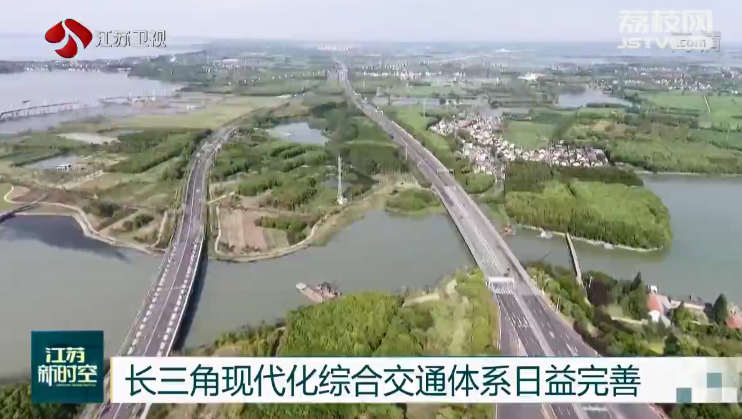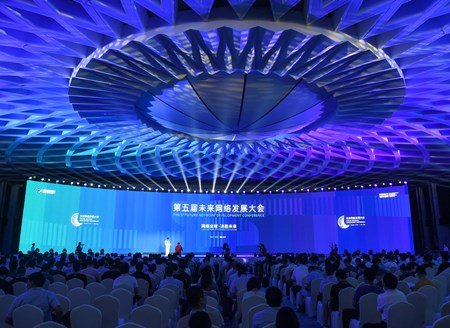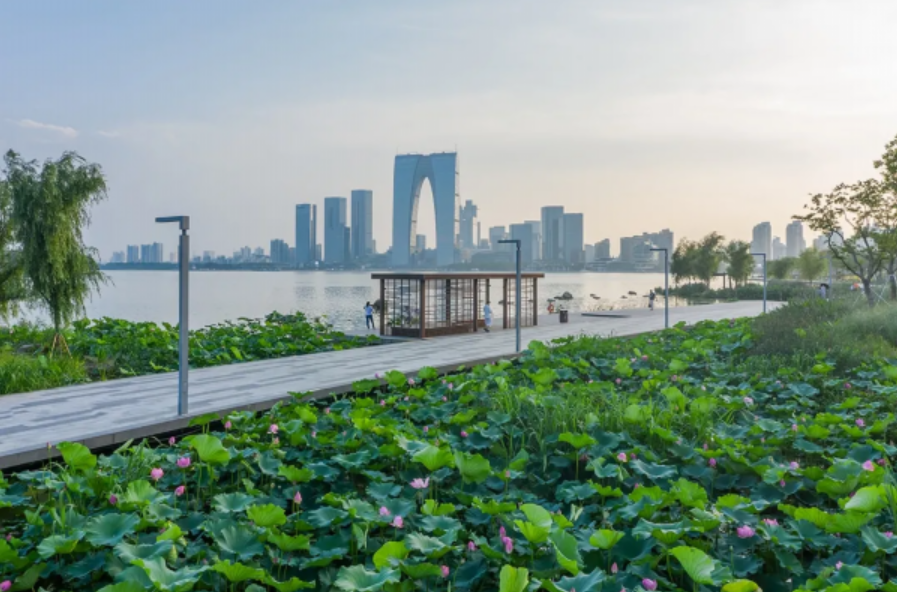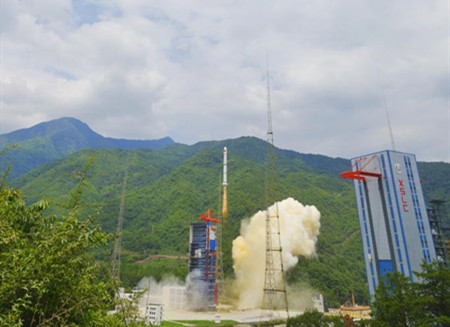The Yangtze River Delta is increasingly improving the modern comprehensive transportation system since the integrated development of the Yangtze River Delta was upgraded into the national strategy in 2018.
Yuandang Lake at the junction of Shanghai's Qingpu District and Suzhou's Wujiang District makes travel between the two places a half-hour detour from the G50 expressway.
The completion of Yuandang Bridge makes it a five-minute ride to travel between the two places.
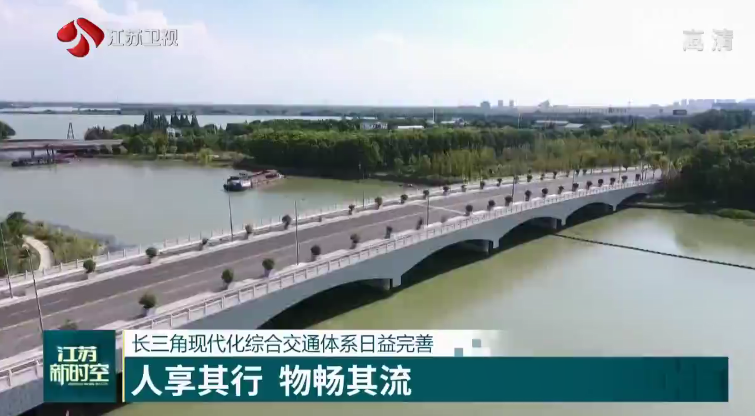
As the first inter-provincial road interconnection project, the construction of the 180-meter Yuandang Bridge encountered problems such as inconsistent road standards and different approval procedures at the beginning.
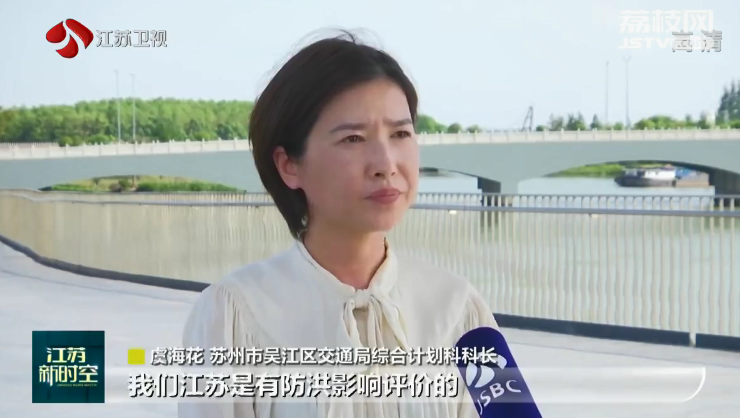
Yu Haihua, Chief of the Comprehensive Planning Section of the Transportation Bureau, Wujiang District, Suzhou
For example
Jiangsu must conduct a flood control impact assessment
before issuing a wading permit
but Shanghai does not have such a requirement
Therefore, the Executive Committee
of the Yangtze River Delta
Integrated Development Demonstration Zone
took the lead in joint negotiation
unified review, unified approval
and issuance of licenses
which provided a good reference
for our subsequent cross-regional road construction
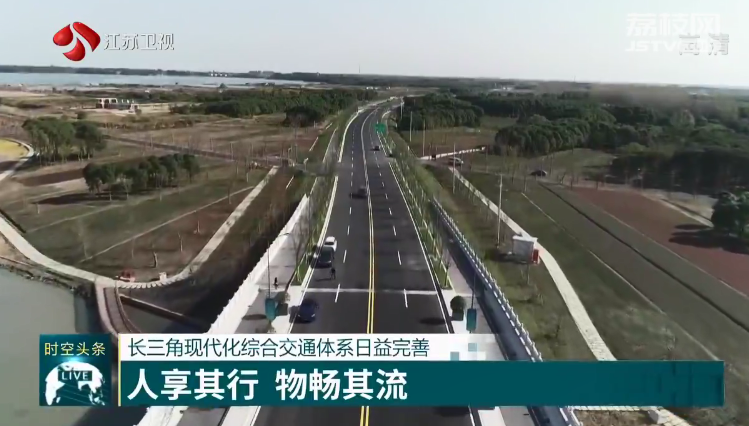
Up to now, 8 of the 17 inter-provincial dead end road projects have been completed and opened to traffic, and 9 are under construction.
Expressways are connected to every county in the Yangtze River Delta region, greatly improving the accessibility of inter-provincial highways.
At the end of 2021, the Yangtze River Delta reported a total mileage of 530,000 kilometers of regional highways and 16,000 kilometers of expressways.
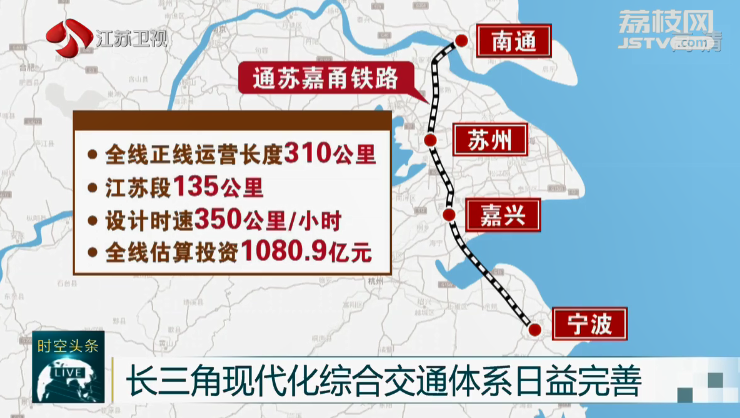
At the same time, the Yangtze River Delta has accelerated the construction of rail transit by putting into operation the high-speed railways connecting Lianyungang, Huai’an, Yangzhou and Zhenjiang, Yancheng and Nantong, and Hangzhou and Taizhou. Construction on the Shanghai-Suzhou-Jiaxing intercity railway has got underway. The construction of Nantong-Suzhou-Jiaxing-Ningbo railway was approved.
By the end of 2021, the Yangtze River Delta has reported a mileage of 13,000 kilometers of regional railways in operation, and a total mileage of 6,500 kilometers of high-speed railways.
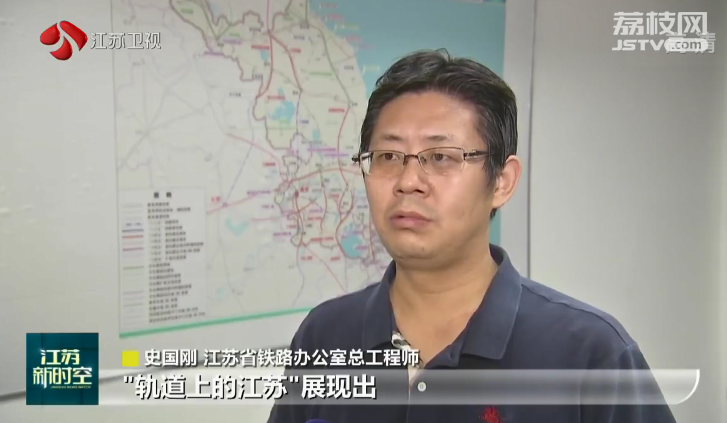
Shi Guogang, Chief Engineer of Jiangsu Railway Office
Jiangsu operates about 1,450 trains every day
with EMU trains accounting for about 85%
and the number of international freight trains
has increased by about 30%
providing strong support
for the high-quality integrated development
of the Yangtze River Delta
With Shanghai as the core and Nanjing, Hangzhou and Hefei airports as the focus, the Yangtze River Delta airport cluster has begun to take shape.

By the end of 2021, the Yangtze River Delta registered 24 transport airports with a ground distance of 100km, covering 94% of county-level nodes and 96% of the population.
The Yangtze River Delta region has 17 large ports with a throughput of over 100 million tons. Shanghai Port, Ningbo Zhoushan Port, and Suzhou Port rank among the top ten in the world in terms of cargo throughput.
The Yangtze River Delta has initially built a trunk line channel network with the Yangtze River and the Beijing-Hangzhou Canal as the backbone.
Since 2021, 13 inter-provincial coach routes have been opened in the Yangtze River Delta. Jiangsu has completed 5 types of transportation license data collection, interface standard adjustment, interface development.
A modern comprehensive transportation system in the Yangtze River Delta region with precise matching of supply and demand capabilities, world-class service quality, and intensive and efficient utilization of resources is on the horizon.
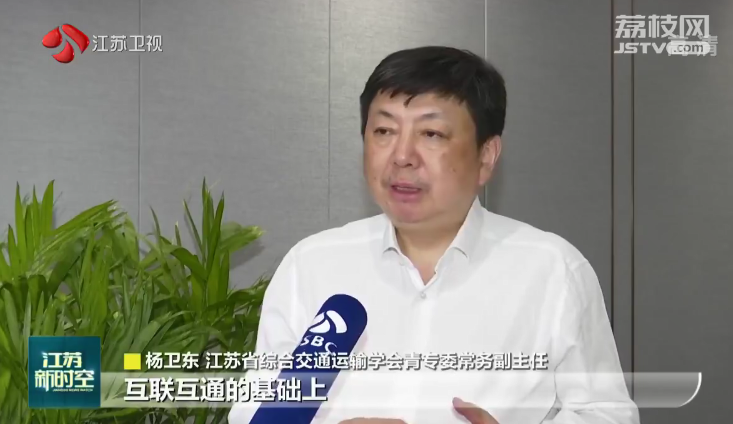
Yang Weidong, Executive Deputy Director of Youth Special Committee of Jiangsu Comprehensive Transportation Society
On the basis of infrastructure construction
we have moved towards the integration
of transportation services
and we have moved towards the integration
of digital transportation and smart transportation
on the basis of creating
the interconnection of the physical world
How to improve the resilience
of our transportation hubs and logistics hubs
in the next stage
is crucial for our Yangtze River Delta
to truly support our international industrial chain
